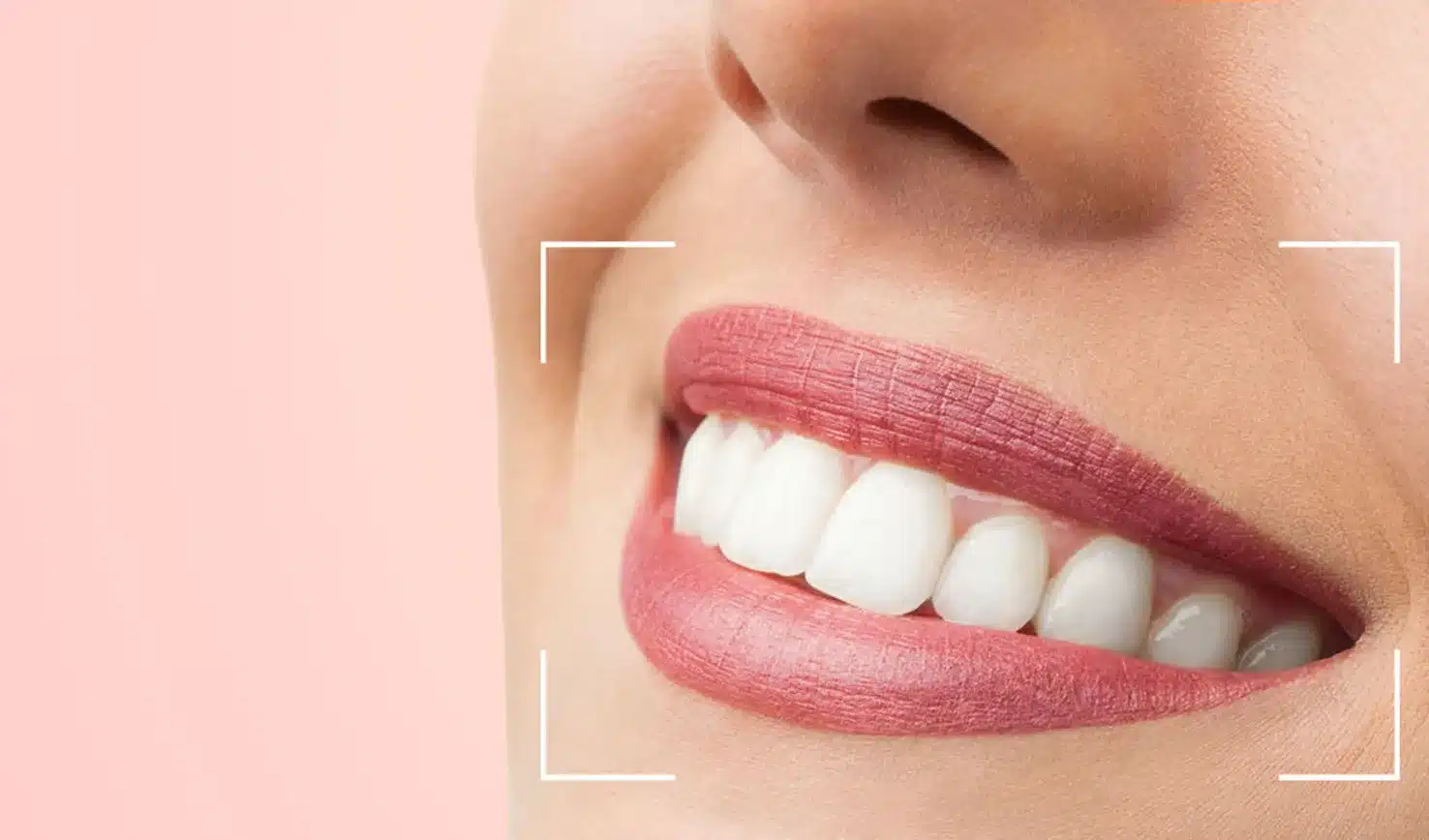Modern technologies developed in the world of dental aesthetics allow patients to be treated in the most comfortable way with many different material options. In recent years, many factors have become effective in the decision-making process of patients who want to have dental veneers and who are deciding between porcelain vs zirconia veneers.
So what should you consider when choosing between porcelain and zirconia veneers and how can you decide which is right for you? In this content, you will find the differences between porcelain and zirconia veneers, cost-benefit considerations, benefits, and more.
Porcelain vs Zirconia Veneers
You may have more than one expectation before having the veneers that have become so popular in recent years. Details such as long-term use, aesthetic appearance, and budget can cause confusion in the pre-treatment process. In order to make decisions that will stay within your budget while meeting your aesthetic and health expectations, you need to be knowledgeable about veneers. Here is what you need to know about veneers and their benefits:
What is Zirconia Veneer?
Zirconia, a ceramic material, is made from oxide and is highly durable. In addition to its ability to transmit light, it does not contain metal. Zirconia veneers, which are an aesthetic and functional type of coating, are characterized by their biocompatibility. With this type of veneer, the tooth surface is minimally abraded and the patient is provided with temporary veneers until the veneers are prepared in the laboratory.
Advantages of Zirconia Veneers:
- The durability of zirconia veneers is quite high, so it offers long-lasting use.
- It provides a natural appearance. Because it has translucency feature.
- The surface of the teeth is resistant to staining products such as coffee, tea and cigarettes.
- Provides aesthetic and healthy appearance of front teeth.
- It is resistant to excessive. Therefore, it is an ideal type of coating for people who grind their teeth.
- It does not contain metal, people with allergies can easily use zirconium veneers.
- It easily harmonizes with gums, there is no risk of gum recession.
- It is ideal for back teeth. This is because it is highly resistant to hard actions such as chewing and biting.
What is Porcelain Veneers?
They are thin veneers applied to the surface of the teeth. Made of a special ceramic material, porcelain veneers offer both a natural and aesthetic appearance. Depending on the patient’s preference, it can be applied only to the front surface or to the entire tooth. The reason for preference in this type of veneers is usually to correct the color and size of the teeth or to repair broken teeth.
Advantages of Porcelain Veneers:
- Porcelain veneers provide a natural appearance on the teeth thanks to their light transmittance.
- It is resistant to food and other substances that change tooth color.
- Plaque accumulation on the teeth is reduced thanks to porcelain veneers. This creates a positive effect on the dental health of its patients.
- It harmonizes perfectly with the gums. Patients do not feel that there is a foreign body in their teeth.
- Teeth gain a more symmetrical and aesthetic appearance.
- It is an ideal solution for people with deformities such as fracture and abrasion.
What is the Cost of Porcelain or Zirconia Veneers?
Apart from aesthetic appearance, your budget is also a factor to consider when choosing a veneer. The costs of veneers vary according to the quality of the material used in the product, the expertise of the doctor, the location and popularity of the clinic. Here are the factors that determine the zirconia veneers cost 2025 and porcelain veneers and comparisons:
Factors Determining the Cost of Coatings
Although the zirconia veneers cost 2025 compared to the previous year, it is in different price ranges according to the cost factors mentioned above. Zirconia veneer prices may vary from region to region. You can calculate an average cost by getting prices from private dental clinics and act in the most appropriate way for your budget.
The quality of the devices used during dental coating is also reflected in the coating prices. For example, the use of digital impression devices affects the cost. In some dental clinics, temporary veneers, control examinations and minimally prepared veneer options may not be included in the treatment. It is important to get information about the extra costs before starting the treatment in order to avoid payment problems afterwards.
Porcelain vs. Zirconia Veneers: Compare the Benefits
You need to decide which veneers to get based on the condition of your teeth, your expectations, and your budget. You can make the best decision for yourself by knowing which criteria are met and to what extent. Here are the features of veneers that you should consider when making your decision.
- Durability of zirconia veneers are more than porcelain veneers.
- Both types of veneers provide a healthy and aesthetically pleasing smile.
- Zirconia veneers are superior to porcelain veneers in terms of translucency. Porcelain veneers generally have a more opaque appearance.
- Gum compatibility of porcelain veneers is more moderate than that of zirconia veneers.
- There is no risk of allergy with zirconia veneers, but porcelain veneers may be uncomfortable for people with metal allergies. This should be discussed with your dentist.
- While there is minimal cutting of the tooth with zirconia veneers, there may be more cutting with porcelain veneers.
- Zirconia veneers cost 2025 more costly. Becuase It is more advanced features.
- Both veneers offer long-lasting wear and are durable. With good care, zirconia veneers can last up to 20 years.
As a result, there are many criteria that you need to evaluate before starting a dental crown treatment. In addition to aesthetics, you may need to decide if the treatment will be a long-term investment. At this stage it will be useful to do research, meet with clinics and make a cost-benefit analysis.


